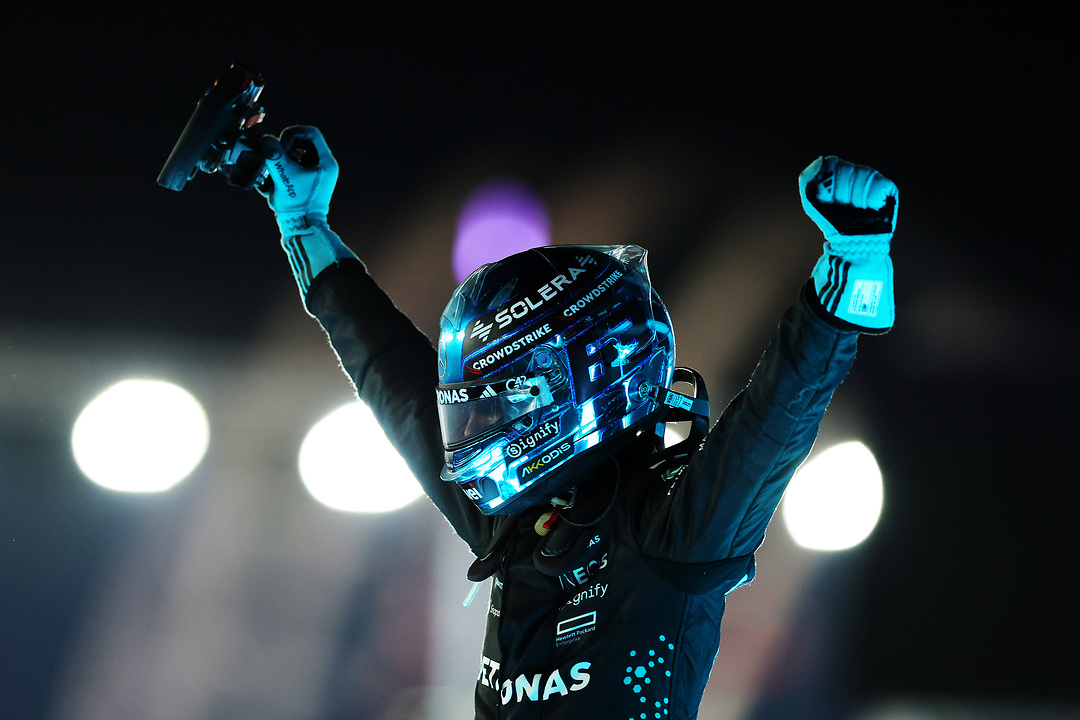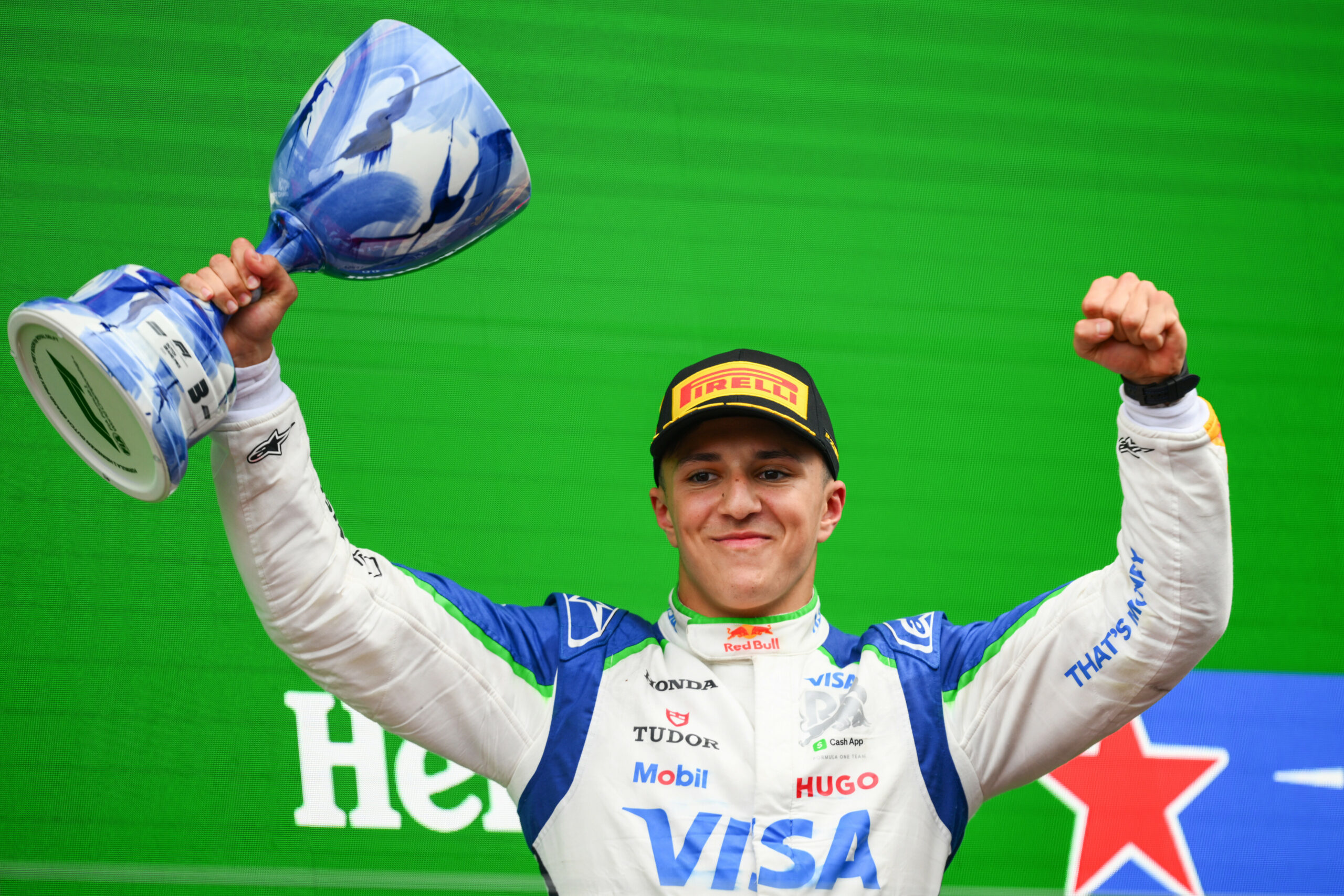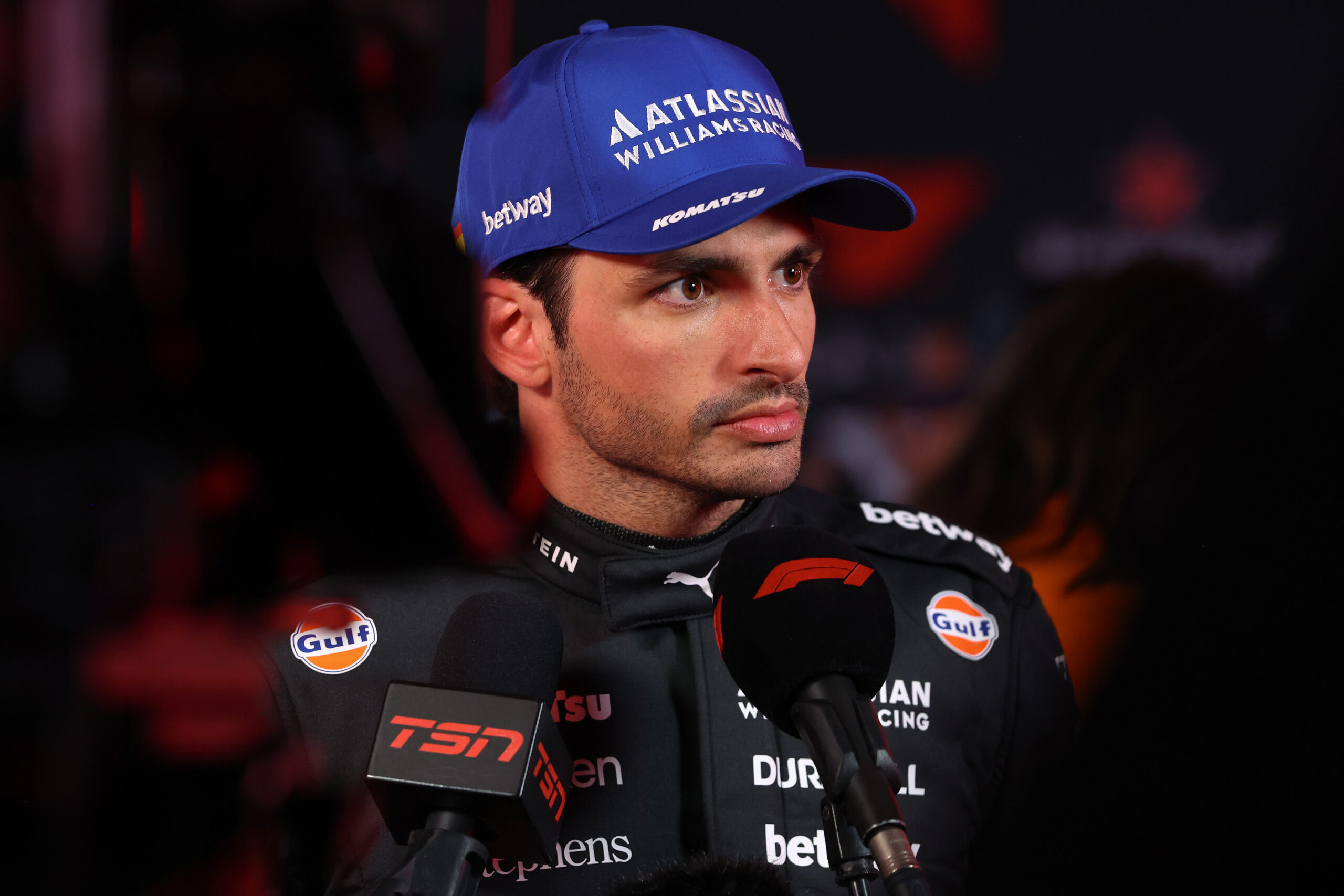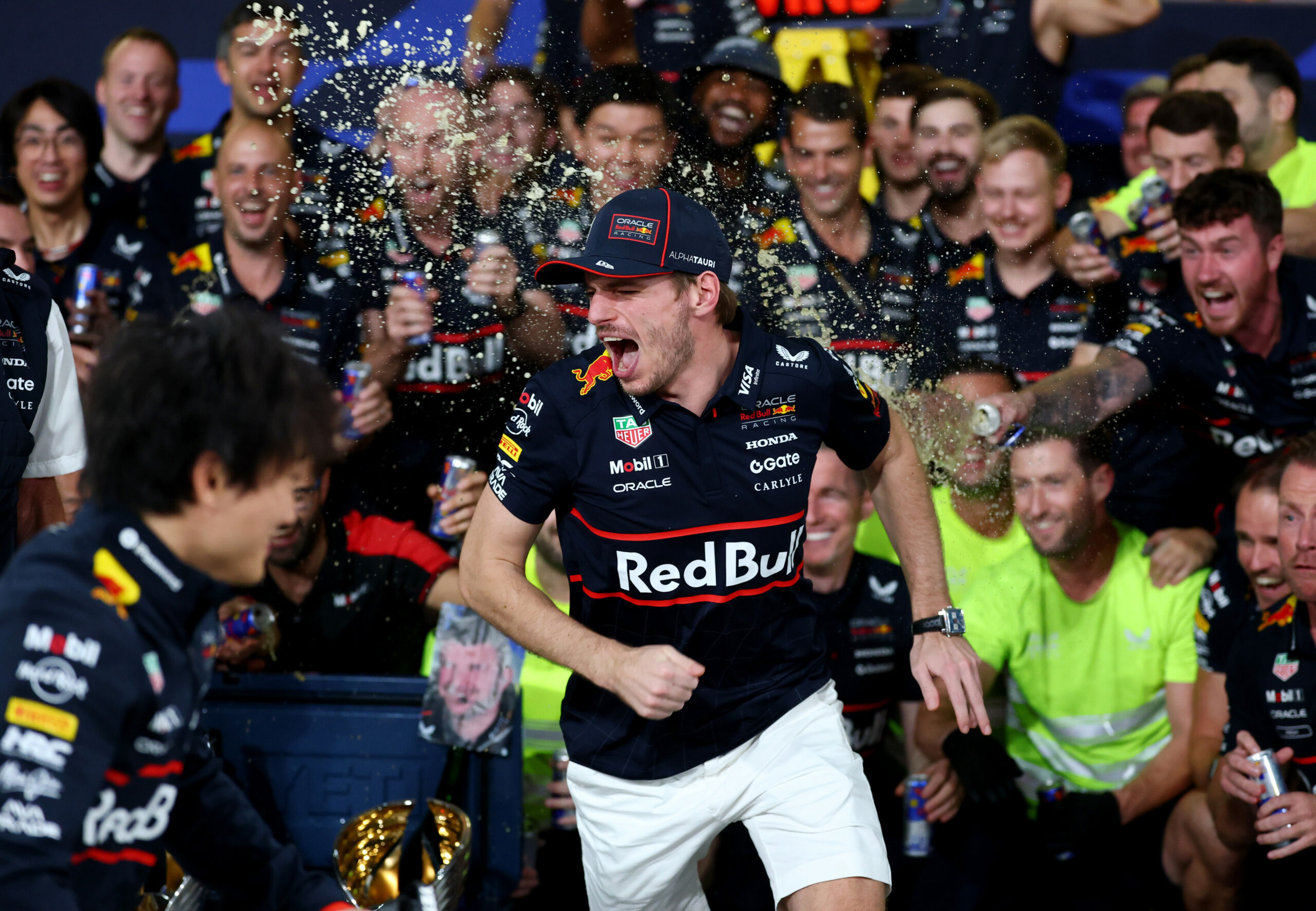Former F1 driver and current pundit for Sky F1, Martin Brundle revealed the FIA use oscillation sensors and setup data from the F1 cars to see which ones are more likely to be touching the ground more and could possibly be in breach of the maximum 1mm wear allowed on the plank. This contradicts the FIA’s own statements, as it insists the checks are carried “randomly” on any given car.

Photo Credits: Mercedes AMG Petronas F1 Team
After the heavily controversial disqualification of both Charles Leclerc and Lewis Hamilton from last week’s United States GP, many have questioned how the FIA conducts the process to determine which cars are checked, and why just four cars – Lando Norris’ McLaren, Max Verstappen’s Red Bull along with Leclerc’s Ferrari and Hamilton’s Mercedes) got scrutinized after the race.
The most high-profile of those questioning was indeed Lewis Hamilton himself, who said in interviews ahead of this weekend’s Mexico City GP that there “other cars that were also illegal” and the image of the sport is being “tainted” by such circumstances, given the skid block is not “performance” related.
The FIA’s stance is that the checks are done randomly, and explained in an article in its website that “any part” could be checked at any time and that those were random selections among several other parts and items that could have been checked instead:
“A series of random checks are carried out every weekend on different areas of the cars. This process has been in place for many decades, and exists to ensure compliance with the regulations by virtue of the fact that the teams do not know before the race which specific areas of which cars might be examined beyond the standard checks carried out on every car each weekend (such as the fuel sample taken from all cars after each Grand Prix).
“This means that, from their perspective, any part of the car could be checked at any time, and the consequences for non-compliance with the Technical Regulations can be severe.
“The process of randomly selecting a number of cars for post-race scrutineering across various aspects of the regulations is so valuable. Each team is aware that selection is possible and understand that the chance of any lack of compliance being uncovered is strong.”
However, Sky F1 pundit and former F1 driver during the 1980’s and 1990’s, Martin Brundle explained how the FIA had its “reasons” to check those two cars in particular, and didn’t choose randomly:
“There are reasons, we understand, [as to] why they chose those two cars in the beginning to check, because of data they’d seen.
“We don’t know if the rest of the field were legal or illegal. I’ve asked some of the [other] team’s members and they said their car was fine, another team said they don’t know – which is nonsense, [as] they will all build down and have that sort of thing checked.”
When asked to further explain the process, Brundle pointed out how the teams have oscillation measuring sensors on their cars – the same which were implemented in 2022 following the controversial TD018 – and that they have to submit all of their setup parameters to the FIA ahead of parc ferme starting, meaning that the governing body can monitor which cars are “likely” to be hitting the ground more than it should and over-wearing the plank:
“There are over 50 checks on all the classified finishers – of which there were 17 [in Austin] – and there are some random checks on other cars,” he said.“All cars and teams have to submit their setup data before they go into parc ferme, so they also know their static ride heights, the spring rates and what have you.
“And there are some teams that said ‘we raised our car to be secure on this regulation, we gave away performance’. Teams went to some trouble not to fall foul of that. The FIA know what they’re looking at, and they can see which cars are more likely – from the setup and the oscillations – which one could be breaching the rule.”
Brundle’s claims were backed up by 2009 F1 world champion Jenson Button, who occasionally is also a pundit for the British channel. He revealed the entity had first checked just Leclerc and Hamilton’s cars, and as both failed, they went on to check a further two in the form of Norris and Verstappen to ensure the systems were working as expected:
“The FIA can see which cars are touching [the ground] more than others, and as far as I know, that’s why they’ve picked those two cars to be tested. They tested them, they both failed – so they picked two other cars to make sure all of their parameters and systems were correct – they checked those two cars, and those two cars passed,” said Button.
It remains to be seen if the FIA will further comment on the matter during the Mexico City GP.





